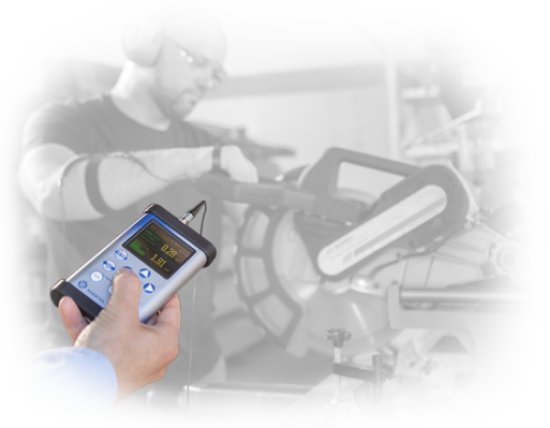Vibration measurements are frequently the sole method to detect and prevent any damage to structures, machinery, or even human health. Understanding the various indicators used in measuring vibration is complicated, but it’s essential to comprehend how RMS and PEAK values are calculated based on distinct vibrational velocity and acceleration signals. The second part of the Academy covers the following topics:
Sign up for the newsletter and keep an eye out for new content every week!
